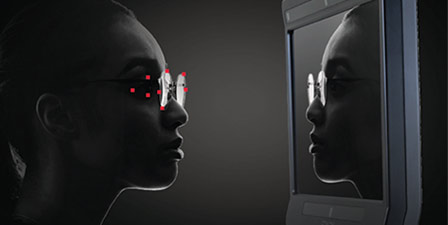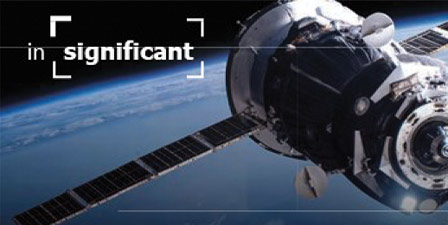
There is a strong link between psychedelic drugs and our vision. Trippy details, unexpected saccades and pupil dilation are all linked to the altered visual experience when taking psychedelics like LSD, magic mushrooms and DMT. Psilocybin is thought to have effects throughout the brain, including in the nerves that link our eyes to our brain and in the brain regions that process vision. Researchers think that psychedelics’ changes to our vision are likely to be caused by alterations in brain activity. This is not surprising since visual perception ultimately occurs in the brain.
I have a family member with Lewy Body Dementia and Parkinson’s disease. While researching these brain disorders, I stumbled onto the topic of psychedelics, which are being studied for their potential therapeutic effects on brain disorders. Martin DA et al. states: “The classic serotonergic hallucinogens, or psychedelics, have the ability to profoundly alter perception and behavior. These can include visual distortions, hallucinations, detachment from reality and mystical experiences. Some psychedelics, like LSD, can produce these effects with remarkably low doses of the drug. Others, like psilocybin, have recently been demonstrated to have significant clinical efficacy in the treatment of depression, anxiety and addiction that persist for at least several months after only a single therapeutic session. How does this occur? Much work has recently been published from imaging studies showing that psychedelics alter brain network connectivity. They facilitate a disintegration of the default mode network, producing a hyperconnectivity between brain regions that allow centers that do not normally communicate with each other to do so. Acute molecular processes are thought to also influence gene expression changes, likely influencing synaptic plasticity and facilitating long-term changes in brain neurochemistry ultimately underlying the therapeutic efficacy of a single administration to achieve long-lasting effects.” (Martin DA, Nichols CD. The Effects of Hallucinogens on Gene Expression. Curr Top Behav Neurosci. 2018;36:137-158. doi: 10.1007/7854_2017_479. PMID: 28677095)
Psychedelics at low doses reportedly enhance acuity, alter motion perception, produce after-images, distortions, illusions, tracers and visual hallucinations. Visual imagery produced by psychedelics may be experienced more intensely with the eyes closed or when in environments with low visual sensory input. Psychedelics can also enhance color perception through increases in brightness and contrast responses. Enhanced saturation and vividness of images have been reported.
Psychedelics can produce a multitude of visual phenomena. One is synesthesia, a neurological condition where stimulation of one sense, such as hearing, generates an automatic experience of another sensory or cognitive pathway, such as vision. When one sense is activated, another unrelated sense is activated simultaneously. An example would be hearing music and simultaneously sensing the sound as patterns of color. Psychedelics act at multiple points along the visual processing pathway, ranging from the induction of mydriasis (pupil dilation) and saccades (rapid eye movements designed to shift the fovea to objects of visual interest) to retinal effects such as rod impairment, production of spontaneous neuronal firing in the optic nerve and alterations in subcortical and cortical visual processing areas such as the lateral geniculate nucleus primary visual cortex. However, it appears likely that psychedelic-induced visual phenomena result primarily from altered brain activity. We see with our brains!
• Deborah Kotob
Pro to Pro Director
[email protected]












